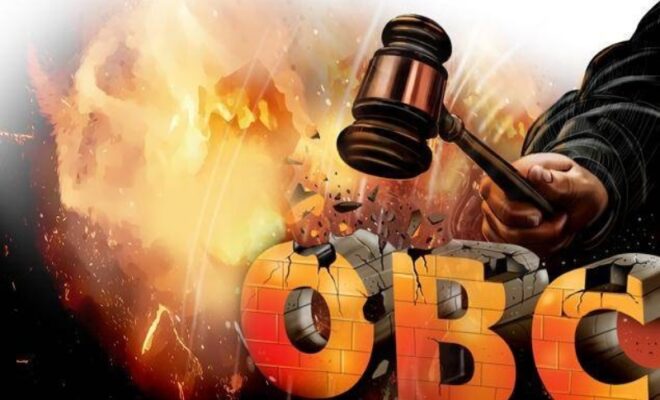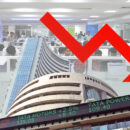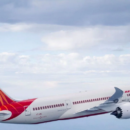Placing OBC’s in the center of Indian Politics

Straight after Indian Prime Minister Narendra Modi expanded his cabinet in the political center Delhi, several hoardings came up across the poll-bound state of Uttar Pradesh.
To convey their message they carried photographs of the newly inducted ministers from OBC communities. Those posters with the pictures read the caption, “Our gratitude to the respected PM Narendra Modi for inducting 28 OBC leaders in the Union cabinet.”
The focus of such a huge campaign is to win the support of all, especially for all the people belonging to OBC castes in next year’s Uttar Pradesh Assembly polls. It is significant since OBC constitutes over 50 percent of the total electorate of UP whereas other non-Yadav OBCs constitute around 35 percent of the state’s total electorate.
Related Posts
It should be that noted that over years the UP OBC Morcha from BJP has formed over three teams to oversee the organizational works across the state. Narendra Kashyap, who is the President of OBC Morcha mentioned that have created 32 teams at the state level, who will organize work in the six regions and 75 districts of Uttar Pradesh.
From Ayodhya on September 2, they are launching an outreach program to tell the people about the BJP’s government welfare initiatives for the backward communities.
Looking keenly at OBC, Kurmis is recognized as the second-largest OBC community after Yadavs in UP. They hold sway over 16 districts of UP with around 12 percent population. They are majorly dominated around districts such as Mirzapur, Bareilly, Sonbhadra, Unnao, Banda among others.
Since 2014, a large section of Kurmis has been backed by the Apna Dal or BJP alliance. Anupriya Patel, who is president of Apna Dal is considered the biggest mascot of Kurmi politics. She is in alliance with the BJP and became a minister in the Union cabinet in 2016.



